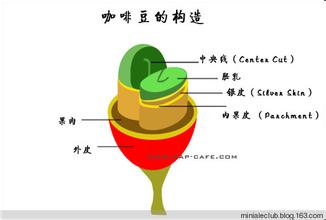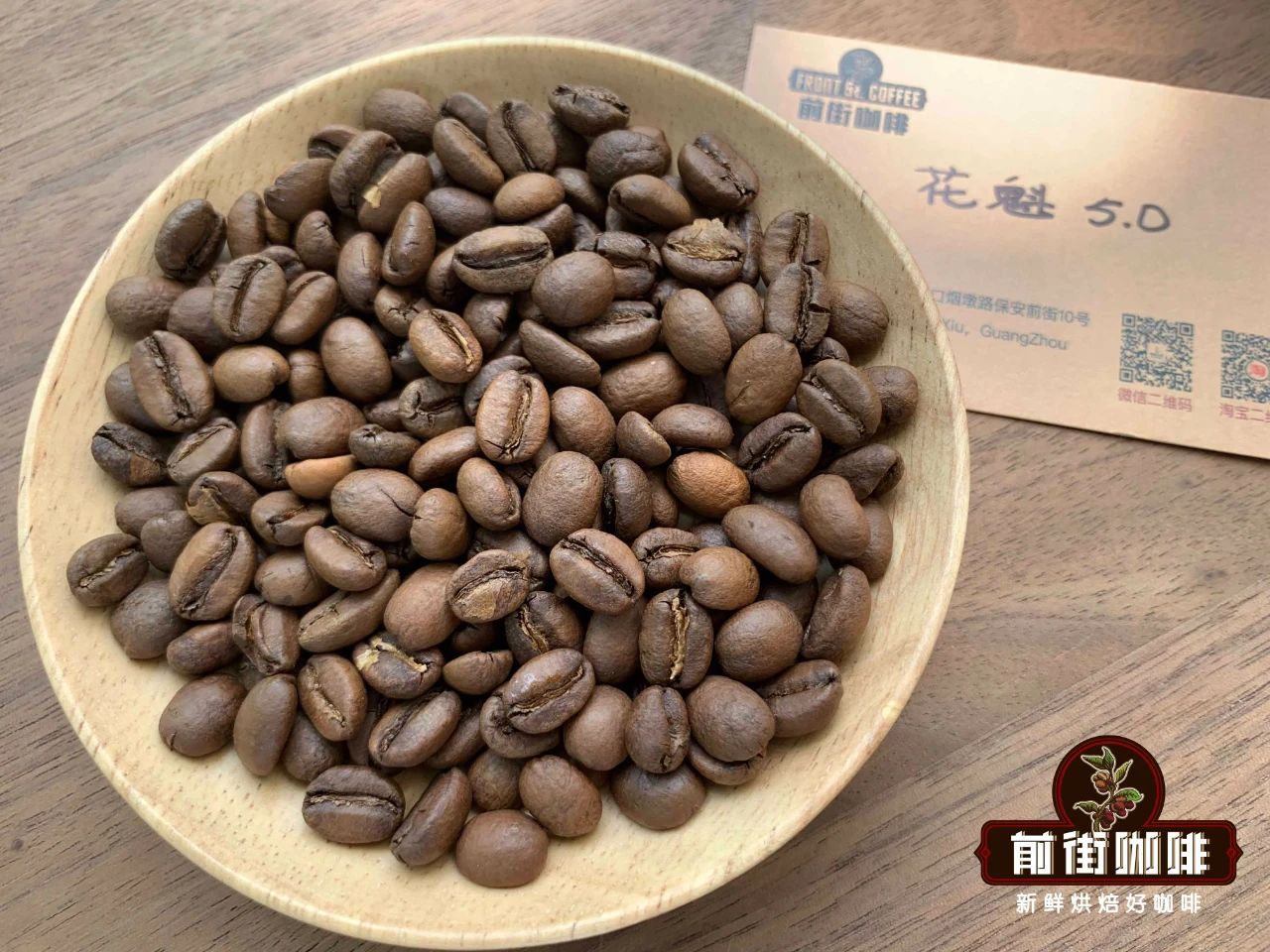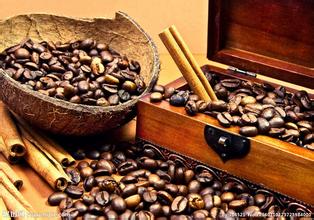Lin Dong Manning Coffee Flavor description Grinding scale Variety production area Taste treatment method
Linton Mantning Coffee Flavor Description Grind Scale Variety Producing Area Taste Treatment Introduction
Mantenin coffee beans have large particles, hard beans, easy to appear defects in the planting process, usually through strict manual selection after harvest, if the control process is not strict enough, it is easy to cause uneven quality, plus different roasting degrees will also directly affect the taste, so it becomes a controversial single product. Mantelin has a strong taste, with rich alcohol and rich and lively movement, not astringent or sour, alcohol and bitterness can be fully revealed. Mandheling beans are arguably the ugliest in appearance, but coffee fans say the uglier the Sumatra beans, the better they taste, the milder and smoother they are. Sellers often label Lintong Lindong and Mandheling Mandheling as dry processed. In fact, the pulp is often separated from the coffee seeds by a variety of mixing modes, more commonly a backyard wet treatment. Clever farmers put freshly picked coffee cherries into a crude peeling machine assembled from scrap metal, wood and bicycle parts. The peeled, sticky beans are then fermented overnight in plastic woven bags. The next morning, wash off the soft, fermented pulp and stickiness by hand. The silver-coated coffee is pre-dried on a sheet in the front yard and sent to a middleman's warehouse where the silver is removed and further dried. Finally, the coffee is trucked to Medan Port (capital of Sumatra) for the third and final drying. It has also been reported that in other Mandheling regions, after removal of the pericarp, the mucilage is allowed to dry and adhere to the beans, as is done in Brazil with semi-washing. After that, the dried slime and silver skin are removed by machine. Finally, the same two-stage drying process takes place, first at the warehouse of the middleman and then at the warehouse of the exporter in Medan Port.
Mantenin coffee beans have large particles, hard beans, easy to appear defects in the planting process, usually through strict manual selection after harvest, if the control process is not strict enough, it is easy to cause uneven quality, plus different roasting degrees will also directly affect the taste, so it becomes a controversial single product. Mantelin has a strong taste, with rich alcohol and rich and lively movement, not astringent or sour, alcohol and bitterness can be fully revealed. The appearance of the mantnin beans is arguably the ugliest, but coffee fans say the uglier the sumatra beans are, the better, mellower and smoother they taste. The Japanese adopted stricter quality control more than ten years ago. After four manual bean picking and eliminating defective beans, they produced dark green and uniform gold mantin. This created another wave of market demand, and even Europe and America were crazy about it.
Aged mandheling, sweet as honey. Successful aging of the beans, will be the mantenin not elegant sour wear off. The sour ingredients are ripened and converted to sugar, making the coffee more rounded and sweeter to drink. The failed aged mantinin is like a coffee zombie, and the taste is hard to eat.
Arabica saplings were first introduced to Ceylon (present-day Sri Lanka) and Indonesia by the Dutch in the 17th century. In 1877, a massive disaster struck the Indonesian islands, and coffee rust destroyed almost all the coffee trees. People had to abandon Arabica, which had been in business for many years, and imported Robusta coffee trees from Africa. Indonesia today is a major coffee producer. Coffee is mainly grown in Java, Sumatra and Sulawesi, with Robusta species accounting for 90% of total production. Sumatra mantenin is a rare arabica species. These trees are planted on hillsides between 750 and 1500 meters above sea level.

Important Notice :
前街咖啡 FrontStreet Coffee has moved to new addredd:
FrontStreet Coffee Address: 315,Donghua East Road,GuangZhou
Tel:020 38364473
- Prev

Introduction of grinding scale for flavor and taste description of small grain Huakui coffee beans in Humbela, Ethiopia
Description of the Flavor of Solar Coffee beans in Humbera Manor in Ethiopia the taste of the grinding scale production area introduces that Ethiopia is located in the tropics, but the temperature is uneven in different places due to the large difference in latitude span and altitude. The heavy rainy season is from June to September, the dry season is from October to January, and the light rainy season is from February to May. Due to uneven rainfall in different seasons and regions, local drought is easy to occur. The temperature range is
- Next

Flavor description of Honduran coffee beans introduction to the taste of variety treatment in grinding scale production area
The flavor description of Honduran coffee beans the variety treatment method in the grinding scale production area introduces the taste of medium or light acidity, which is obvious but not strong. Sometimes it has a beautiful floral or fruity aroma (generally speaking, beans produced in different regions and at different elevations have different performances). It is not at all associated with the unrest of the country. Bitterness and obvious sweetness. Flood
Related
- Detailed explanation of Jadeite planting Land in Panamanian Jadeite Manor introduction to the grading system of Jadeite competitive bidding, Red bid, Green bid and Rose Summer
- Story of Coffee planting in Brenka region of Costa Rica Stonehenge Manor anaerobic heavy honey treatment of flavor mouth
- What's on the barrel of Blue Mountain Coffee beans?
- Can American coffee also pull flowers? How to use hot American style to pull out a good-looking pattern?
- Can you make a cold extract with coffee beans? What is the right proportion for cold-extracted coffee formula?
- Indonesian PWN Gold Mandrine Coffee Origin Features Flavor How to Chong? Mandolin coffee is American.
- A brief introduction to the flavor characteristics of Brazilian yellow bourbon coffee beans
- What is the effect of different water quality on the flavor of cold-extracted coffee? What kind of water is best for brewing coffee?
- Why do you think of Rose Summer whenever you mention Panamanian coffee?
- Introduction to the characteristics of authentic blue mountain coffee bean producing areas? What is the CIB Coffee Authority in Jamaica?

